LANGUAGES

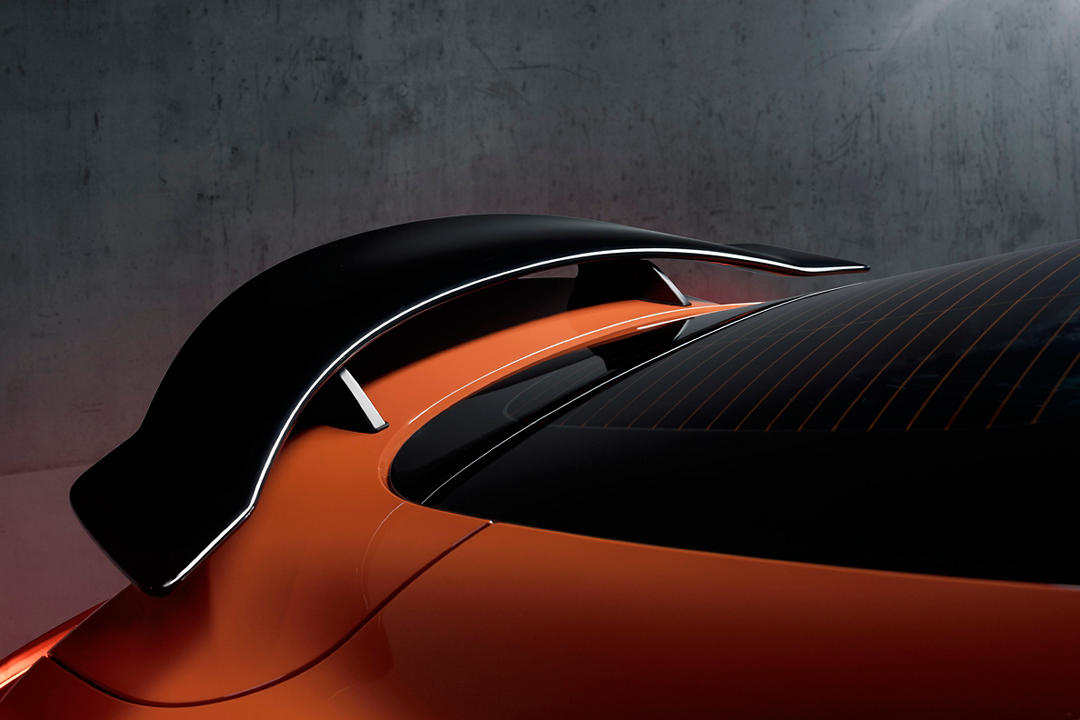
- TOYOTA GAZOO Racing Announces GR Supra, GR86, and GR Corolla Special Editions for Model Year 2024 GR Lineup
- GR Supra 45th Anniversary Edition Pays Tribute to Custom MkIV Supra
- Available in Plasma Orange and Limited to 45 Units for Canadian Market
- Aggressive Style with Oversized, Manually Adjustable Rear Spoiler
- Matte-Black Finished Wheels, Black GR Brake Calipers, and Black Supra Side Graphic
- Standard 6-Speed Manual Transmission
TORONTO, Ontario (June 21, 2023) – For over four decades the Toyota Supra has earned a reputation as an icon among sports car enthusiasts. From its first-generation roots as the Celica Supra in 1979 to its current fifth-generation form as the GR Supra, the model has captured drivers’ hearts over the years with a blend of power, handling, tech, and style. For 2024, Toyota pays tribute to that history with an eye-popping 45th Anniversary Edition.
As an ode to the 1990’s models, the GR Supra 45th Anniversary edition will be available exclusively in a deep orange Plasma Orange in Canada. Built on the 3.0 Premium Grade, this GR Supra’s low-slung, condensed extreme design is complemented by a large, manually adjustable rear spoiler. Rising about 100 mm above the rear decklid, the spoiler has an adjustment screw that allows drivers to change its angle and influence the amount of downforce being applied to rear wheels.

The 45th Anniversary Edition also features matte-black finished 19-inch aluminum wheels and black painted opposite mounted brake calipers that wear a GR logo up front. A black side panel graphic with a cutout Supra logo sweeps upward along the side, accentuating the vehicle’s contours. Altogether, the special edition brings a touch of nostalgia and flair to the 2024 Supra lineup with a look reminiscent of the MkIV model of big screen fame. The 45th Anniversary Edition will be limited to 45 units in Canada. The engine will be flanked by exclusive 45th Anniversary Edition Plasma Orange strut tower braces that bear the TOYOTA GAZOO Racing logo. In Canada, it will only be available with the manual transmission and will be powered by the same B58 inline six-cylinder 3.0-litre turbocharged engine on all 3.0 Supra models, outputting 382-hp and 368 lb.-ft. of torque.
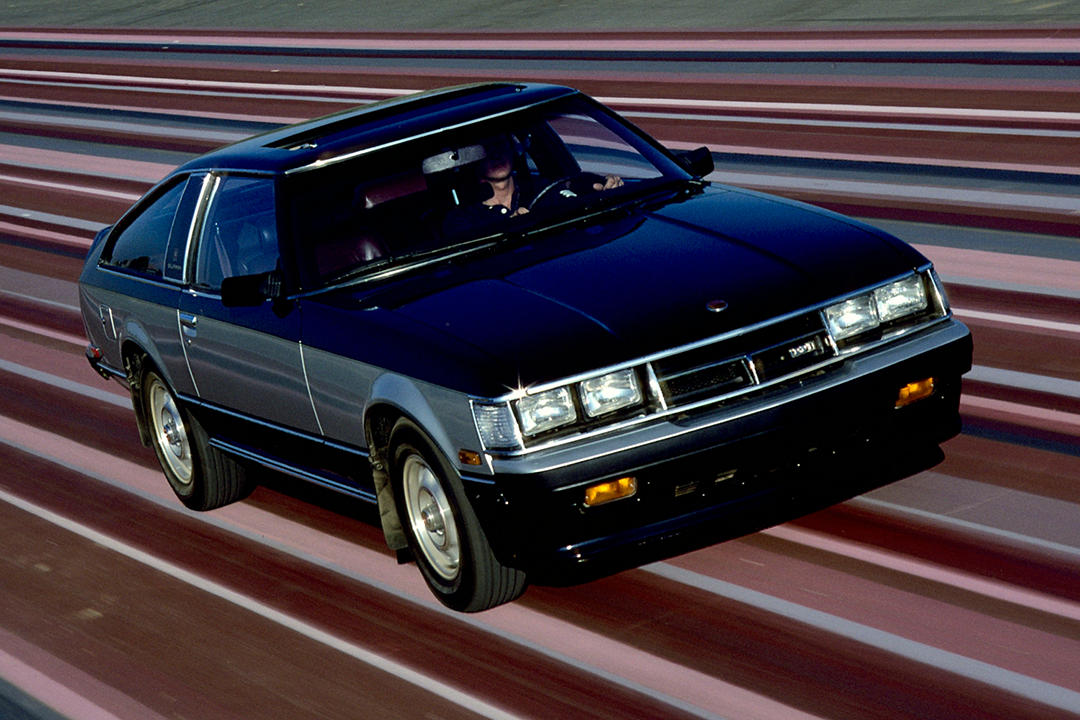
The GR Supra 45th Anniversary Edition sticks with the nameplate’s playbook of offering unique versions since its relaunch. Since the model returned to the market in 2019, Toyota has rolled out Launch, A91 and A91-MT editions. Additionally, the GR Supra has continued to evolve over the past four model years, with changes like increased horsepower and torque on the 3.0 models, updates to handling dynamics, the addition of a 2.0-litre 4-cylinder model, and the addition of a Manual Transmission option. In 2020, Toyota Gazoo Racing also started producing a GR Supra GT4 model for racing.
Blast From the Past
First on sale in 1979 and originally named the Toyota Celica Supra in North America, the first-generation Mark I (MkI) Supra was positioned as a luxury, rear-wheel drive sports model in the Toyota lineup. Known by some as the A40, which referred to its chassis code, it went through enough changes in its short time to ultimately be referred to as the A50 Celica Supra by Toyota engineers.
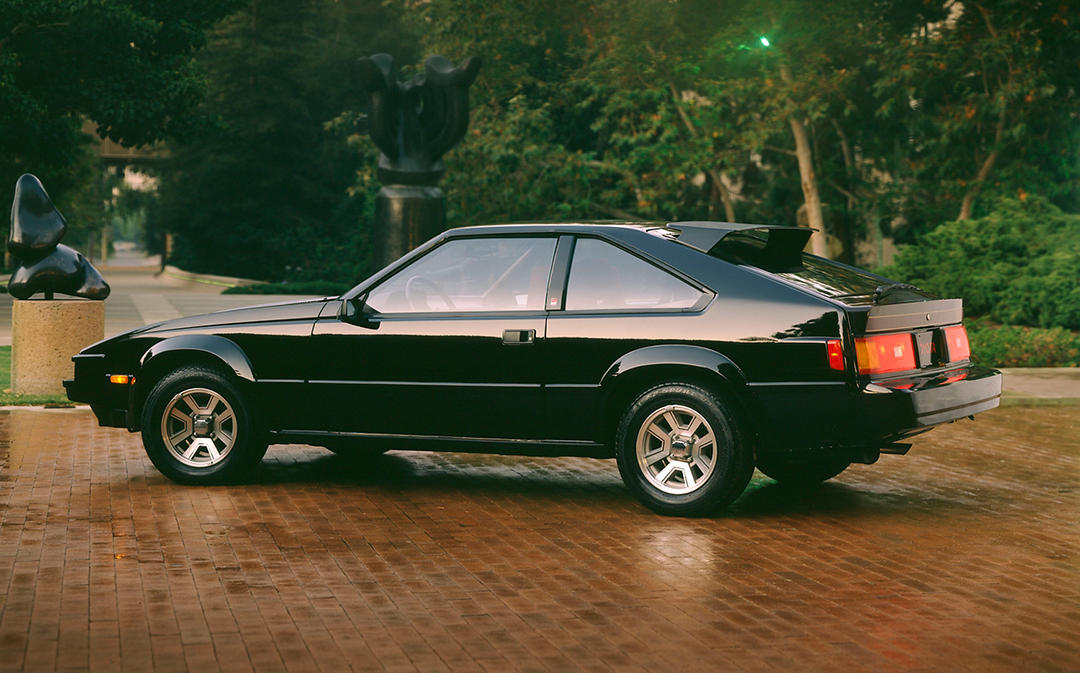
Initially, it featured a 2.6-litre inline-six engine that produced 110 horsepower and was available in both manual and automatic transmissions. In 1980, the model changed from a fixed axle rear suspension to a semi-trailing arm and coil spring system, and the 2.6-litre engine was replaced with a 2.8-litre unit. Although only produced for a brief time, and in limited volume, the first generation Supra marked the beginning of a new era for Toyota sports cars.
In 1982, the second-generation A60 Celica (MkII) Supra arrived. This model used a 2.8-litre 5M-GE twin-cam straight-six engine. The sheet metal was radically redesigned from its predecessor and featured an aerodynamic look with a longer wheelbase and stretched front-end. It also included retractable headlights, a more aggressive flare on the wheel arches and an independent rear suspension.
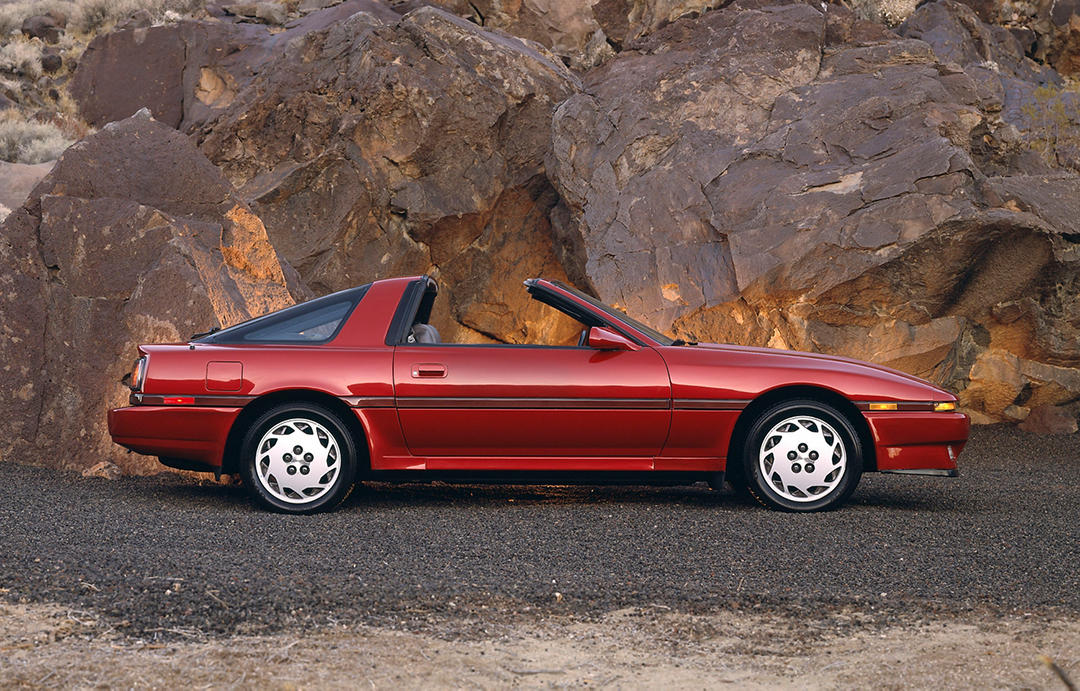
Notable equipment on selected grades of the second generation Supra were a digital instrument panel and the “Navicom,” a forerunner of today's car navigation systems that used a microchip-based device that calculated the direction and distance to a desired destination and displayed the information in real time.
A Legend All Its Own
In 1986, Toyota introduced the third generation A70 Supra (MkIII) and dropped the Celica name, positioning it as an independent high-performance, high-grade sports car. It was completely redesigned and featured a sleek, aerodynamic body with a 0.33 coefficient of drag. When it was introduced, it featured a 24 valve, 3.0-litre six-cylinder 7M-GE powerplant with an output of 200-hp at 6000 rpm and produced 196 lb.-ft. of torque.
Later a 7M-GTE engine was made available with an intercooled sequential twin turbocharger. This boosted the 24-valve engine's output to 230-hp and increased torque by 33 percent to 254 lb.-ft. A small, fast-spinning, low-boost turbo engaged very responsively just above idle speed; as RPM built and load increased a larger high-boost turbo would gradually spin up, providing significant boost in the upper ranges of engine performance.
Anti-lock braking (ABS) and four-wheel disc brakes, which were ventilated up front, was another new addition to Supra in 1986, with the system being optional on naturally aspirated models and standard on the Turbo-equipped model. Another modern feature was an electronically moderated suspension with two modes – normal and sport – that was built with a double-wishbone construction for all four wheels. This was the first time Toyota had mass produced this type of race-inspired suspension on one of its vehicles.
Other features included eight-way adjustable sport seats, side window defrosters, and one touch power windows. And just to make us all jealous, there was even an optional detachable sport roof.
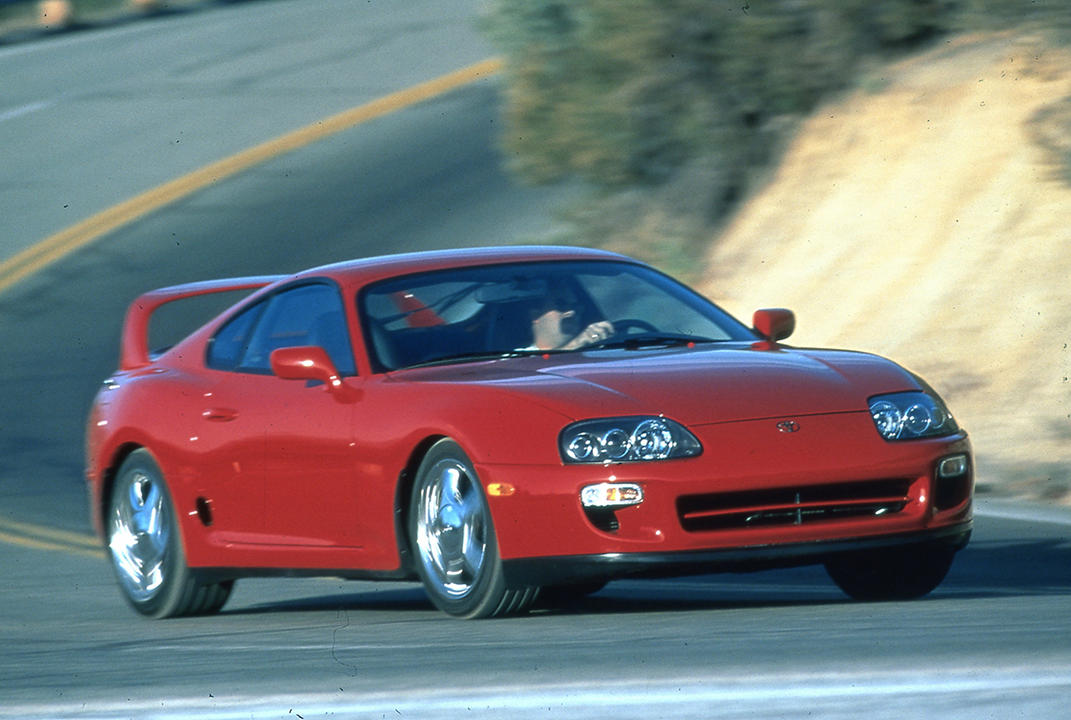
In 1993, the A80 Supra (MkIV) arrived. It featured two choices of inline-six engines, the naturally aspirated 220-hp 2JZ-GE with 209 lb.-ft. of torque or the twin-turbocharged 2JZ-GTE, capable of 320-hp and 315 lb.-ft. of torque. Both engine models offered a choice of automatic or manual transmission. AT models offered normal and manual shift modes and MT models with the 2JZ-GTE engine featured Toyota's first six-speed gearbox.
The MkIV Supra was also known for its advanced suspension system, which was electronically controlled and could adjust ride height and stiffness on the fly. At the time, the car quickly gained a reputation as competing with cars far above its class and Road & Track said, “The Supra Turbo performs at Ferrari Testarossa and Porsche 911 Turbo levels…it easily outgrips the European pair, is more stable in abrupt maneuvers and digs to a halt with near-identical determination.”

Exterior designer Kunihiro Uchida referred to its looks as reminiscent of a “wild animal racing across a field” with its large, round front end and rear ducktail spoiler, smooth aerodynamic side profile with door mounted mirrors, and new sleek, projection headlamp system. And the Supra was about more than looks and power, as it was Toyota’s first vehicle to include both driver- and passenger-side air bags as standard equipment. The Supra ended its run in North America with the 1998 model year.
Power for the Present
As the years passed, many enthusiasts and Toyota fans longed for the return of the Supra. The call would be answered by then Toyota President, Akio Toyoda, who championed the revival of the sports car model. Upon its return it would be dubbed the GR Supra and serve as TOYOTA GAZOO Racing’s (GR) first globally badged model.
The new GR brand had a straightforward goal: develop cars aimed at the pure joy of driving. Through a process that started on the track, cars would be rigorously tested until a series of master drivers approved their performance. Subsequently, the introduction of models, like the GR86 coupe and GR Corolla hot hatch expanded the driver-centered lineup, with each GR sports car undergoing the same intensive track testing process before receiving its GR badge.
The fifth generation A90 GR Supra (MkV) model was revealed in 2019 after undergoing its GR approval process. The design took elements from two legendary models, the MkIV Supra and 1967 Toyota 2000 GT. At launch, the A90 Supra featured a turbocharged 3.0-litre inline-six B58 engine matched to an eight-speed automatic transmission that produced up to 335-hp and 365 lb.-ft. of torque. It was made in collaboration with BMW and based on their Z4 platform.
For the 2021 GR Supra model, the GR team kept the pedal down to bring more output and torque while also adding a new grade. They increased the 3.0 Supra to 382 hp and 367 lb.-ft. of torque, warranting enough changes to the model to dub it as the “A91” by Toyota engineers and offer a likewise named special edition for that year. The lineup also added a turbocharged four-cylinder model with 2.0-litre engine, 255 horsepower and a tout 295 lb.-ft. of torque.
In 2023, the GR Supra added a manual transmission option to the model, which brought a new level of engagement to the punch-above-its-weight sports car. And at the same time, all 2023 GR Supra 3.0 models gained a retuned suspension with revised shock absorbers, re-tuned electric power steering with new mechanical components, and an active rear sport differential standard.
As with all GR Supra A91 models, Normal, Sport and Individual modes that adjust throttle response, suspension damping, and power steering settings came standard. All 3.0 models came with an Adaptative Variable Suspension (AVS) with sensors and solenoid valves that finely control the damping force of the shock absorbers is also standard. On the inside of the 3.0 models, premium features like black leather-trimmed seats, a 12-speaker acoustically tuned premium JBL sound system, full colour heads-up display, and Qi wireless charger offer drivers a luxury cabin.
GR Supra GT4 EVO
TOYOTA GAZOO Racing’s track-focused mindset also led them to launch a Supra GT4 racing model, which allows professional and amateur drivers alike to compete on the world’s most famous racetracks. The GR Supra GT4 model was developed in Cologne, Germany by TOYOTA GAZOO Racing Europe, home of Toyota’s five-time Le Mans 24 Hours-winning motorsport team, the GR Supra GT4 and launched in March 2020. It is sold to private customers for competition within the popular GT4 category of racing for vehicles based on roadgoing counterparts, with modifications permitted for safety and performance.

Since its launch, GR Supra GT4 customers have won races and championships on three continents in competitions such as the GT4 European Series, GT4 America and Super Taikyu in Japan, as well as legendary events like the Nürburgring 24 Hours. A cumulative 625 entries in 317 races worldwide as of the end of 2022 resulted in 79 class victories, 20 overall wins and 207 podium finishes. In 2023, 27 GR Supra GT4 vehicles are competing in Europe, 20 in North America and 12 in Asia, including Japan.
Production of the GR Supra GT4 reached a milestone of 100 units earlier this year. TOYOTA GAZOO Racing’s close cooperation with its GT4 teams and drivers has led to continuous improvement of the model since launch. For the 2023 season, a GT4 EVO with 487 lb.-ft. of torque is being offered for race teams with a focus on improvements for even faster lap times. The team increased power and optimized the torque curve of the 3.0-litre, six-cylinder, turbocharged engine and made changes for more effective cooling, improved brake system design, new ABS settings, latest KW damper technology and updated anti-roll bar specification. Click here for additional information or here for the 2023 GT4EVO press release.
GR Supra 45th Anniversary models are expected to arrive at Toyota dealerships in the fall of 2023. Pricing for the special edition model and details for the complete 2024 GR Supra lineup will be shared at a later date.
About Toyota Canada Inc.
Toyota Canada Inc. (TCI) is the exclusive Canadian distributor of Toyota and Lexus vehicles. Toyota has sold over six million vehicles in Canada through a national network of 287 Toyota and Lexus dealerships. Toyota is dedicated to bringing safety, quality, dependability and reliability to the vehicles Canadians drive and the service they receive. TCI’s head office is in Toronto, with regional offices in Vancouver, Calgary, Montreal and Halifax, and parts distribution centres in Clarington and Vancouver. Toyota also operates two manufacturing facilities in Canada. Having produced more than nine million vehicles, popular Canadian models built at these facilities include Toyota RAV4, Toyota RAV4 Hybrid, Lexus RX 350 and RX 450h hybrid, as well as Lexus NX 250, NX 350 and NX 350h hybrid. The company has sold more than 20 million electrified vehicles worldwide and is the number one seller of electrified vehicles in Canada.
###
Every effort has been made to ensure the product specifications, equipment, and content on this site are accurate based on information available at time of publishing. In some cases, certain changes in standard equipment or options may occur, which may not be reflected online. Toyota Canada reserves the rights to make these changes without notice or obligation.